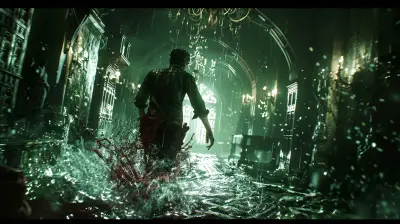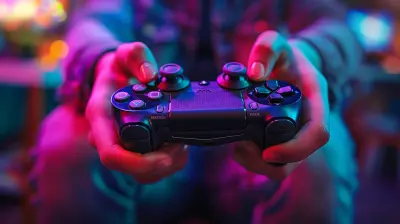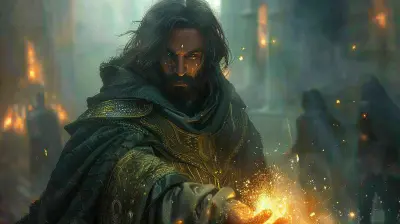The History and Evolution of Tag Team Fighters
27 August 2025
Gaming as we know it wouldn’t be the same without the electrifying thrill of tag team fighters. These games are like a carefully choreographed dance, weaving together dynamic combos, insane teamwork, and heart-racing battles that leave players on the edge of their seats. But where did it all begin? How did tag team fighters evolve into the adrenaline-pumping genre we adore today? Grab your controller or at least pretend you’re mashing some buttons, and let’s dive into the fascinating history of tag team fighters.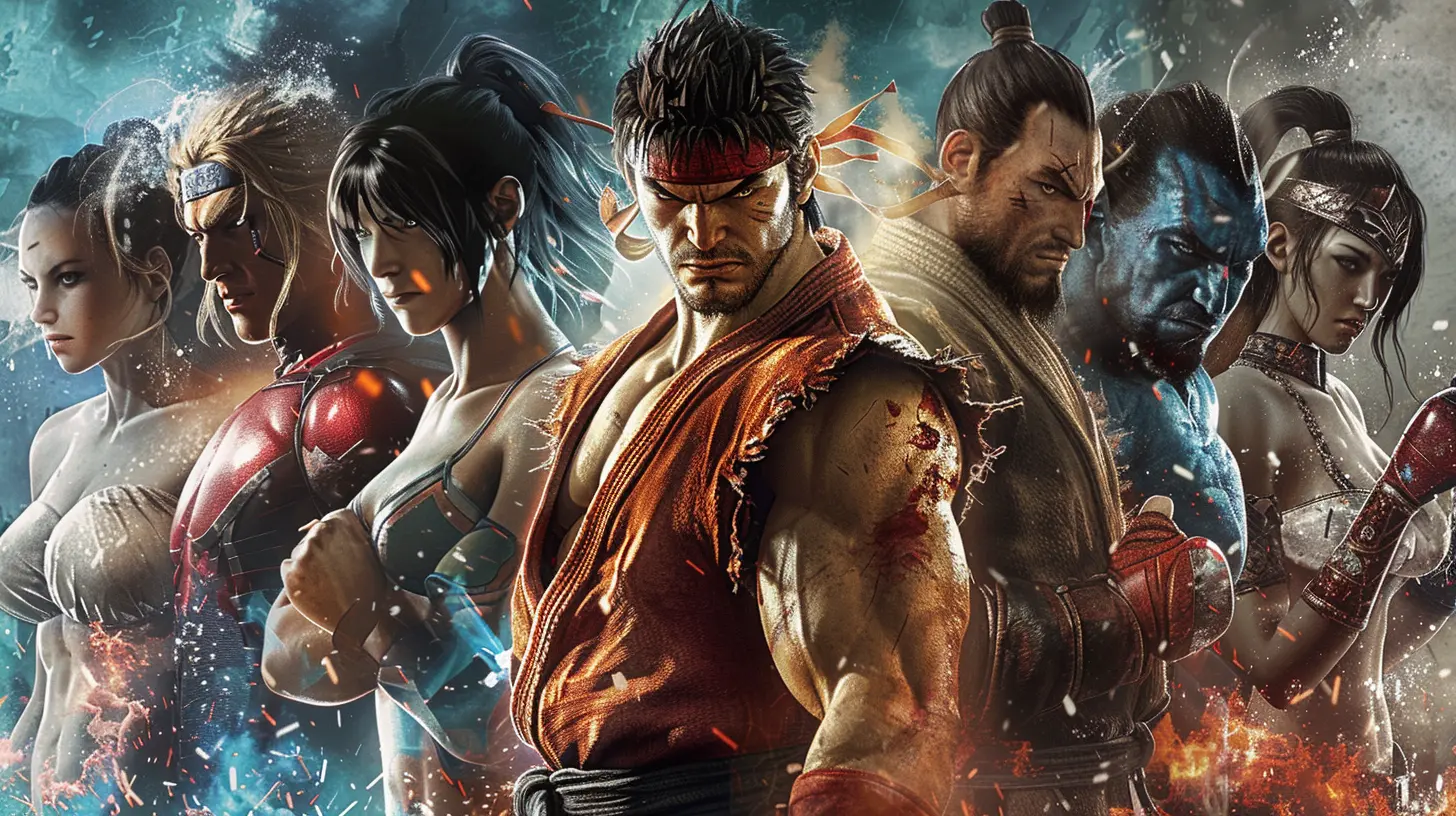
The Birth of Tag Team Fighting Games
Let’s rewind to the early days of arcades, where neon lights flickered and coins clanged into machines like music to a gamer’s ears. Back in the late '80s and early '90s, fighting games were all about one-on-one battles—mano a mano. Think "Street Fighter" and "Mortal Kombat," where you’d pick your favorite character and duke it out until only one was left standing. But as the genre boomed, game developers started thinking, “Hey, what if we spiced things up?”Enter tag team fighters, a concept that allowed players to form dream teams of warriors. The idea was simple but revolutionary—why settle for one fighter when you can tag in another mid-battle? It was like having an ace up your sleeve, adding a layer of strategy and unpredictability. The first major game to popularize this concept was Capcom's X-Men vs. Street Fighter in 1996. This game essentially laid the foundation for modern tag team games and was, no exaggeration, a complete game-changer (pun intended).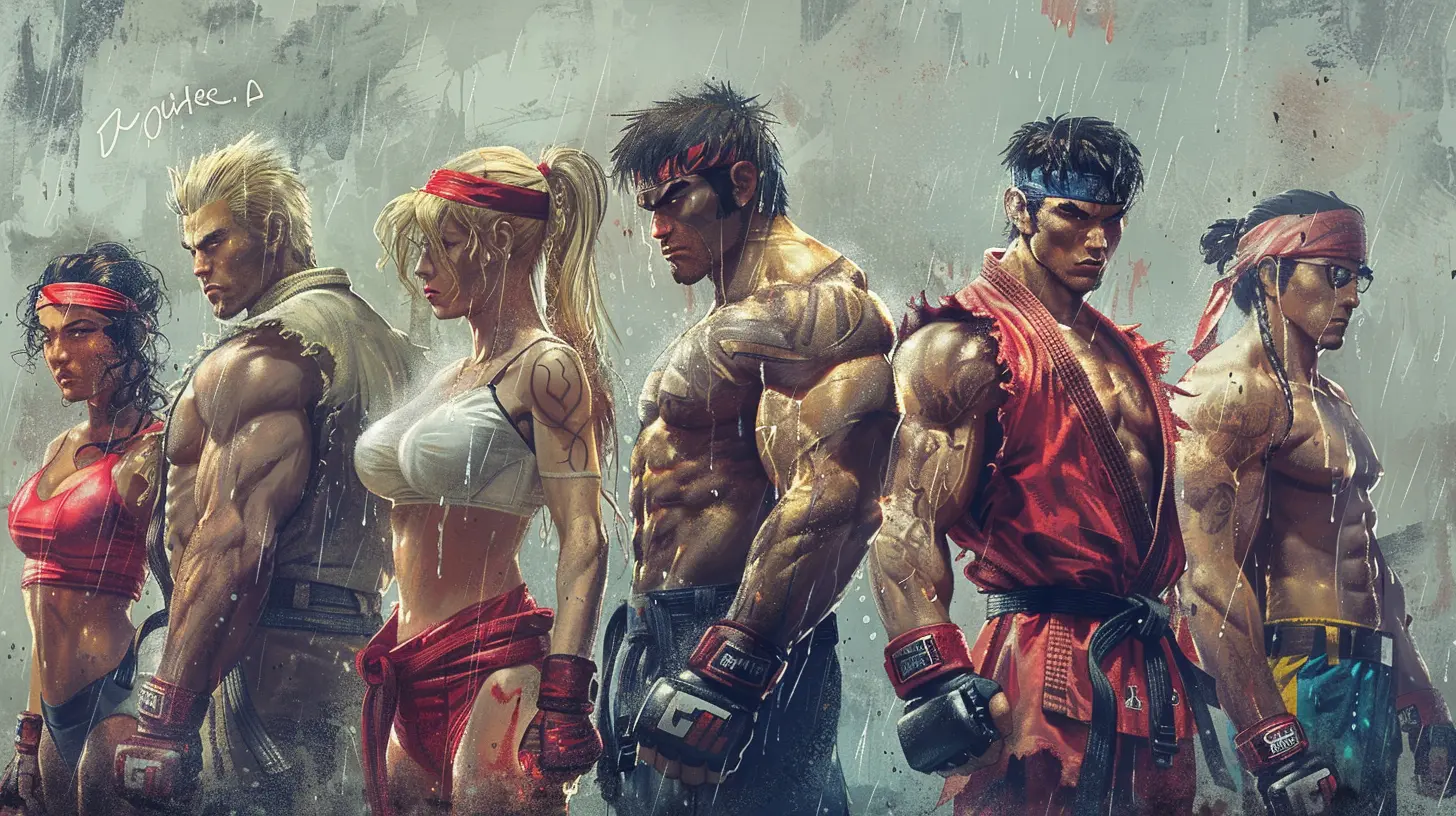
Pioneering Tag Team Fighters: Early Days of Glory
When X-Men vs. Street Fighter hit arcades, it felt like Christmas morning for fans of both Marvel comics and Capcom games. Players could pair Wolverine with Ryu or mix and match other iconic characters, creating combos that were downright jaw-dropping. But the real magic was in the tag mechanic, which let you switch fighters mid-battle. Imagine swapping out a battered character for a fresh one to keep the fight going—that’s the kind of strategic play that kept people coming back for more.The success of this game sparked the release of other titles in the same vein, like Marvel Super Heroes vs. Street Fighter and the now-infamous Marvel vs. Capcom series. This era of tag team fighters was like a golden age, marked by flashy visuals, over-the-top special moves, and ridiculously fun gameplay. It was the gaming equivalent of a blockbuster action movie—loud, chaotic, and totally awesome.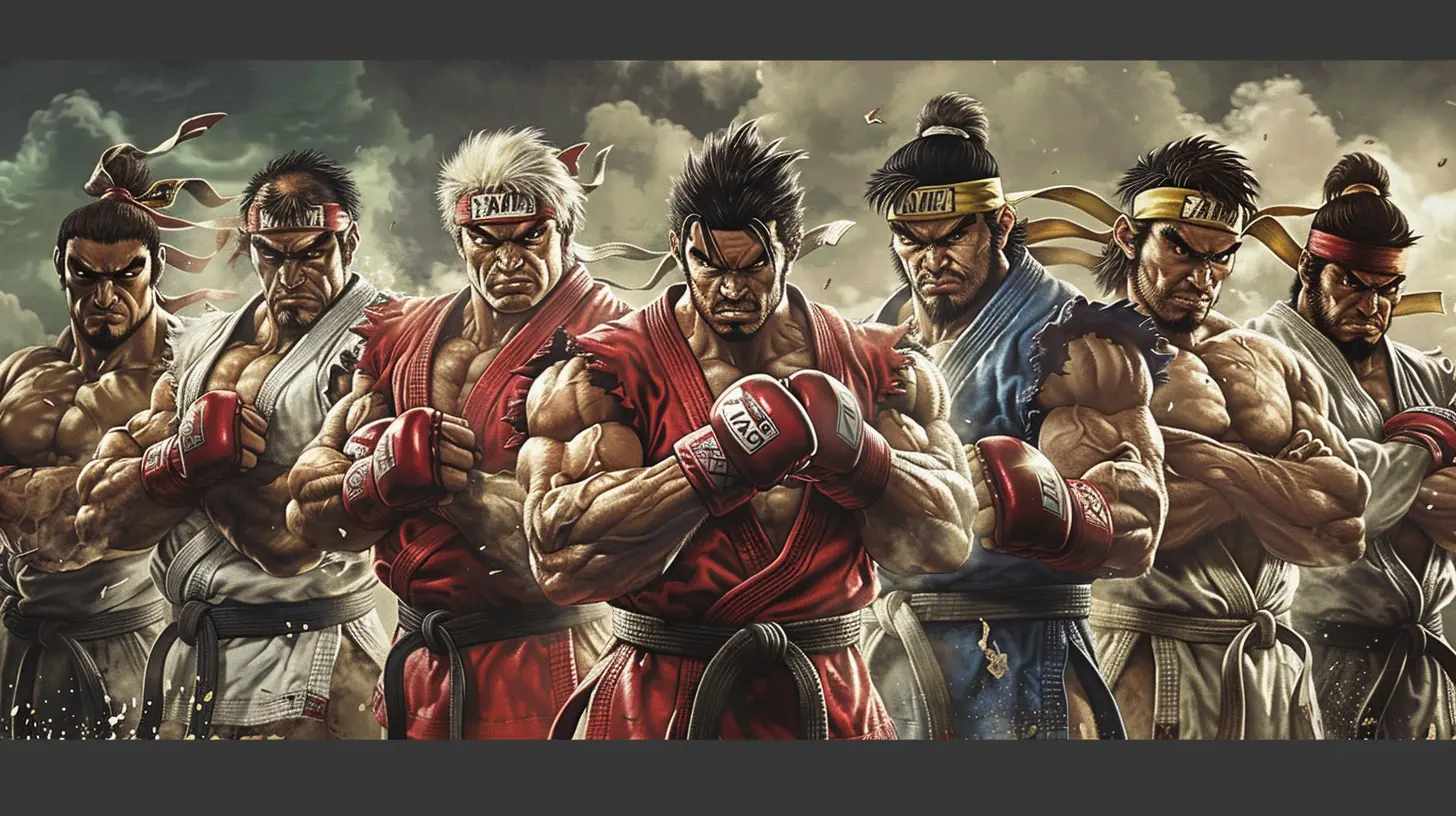
Evolution Over the Years: Bigger, Better, and Wilder
As the years rolled on, tag team fighters only got bigger, better, and more ridiculous (in the best way possible). Developers weren’t just creating games—they were crafting larger-than-life universes where anything was possible. You had street fighters duking it out with comic book heroes, mechs squaring off against martial artists, and sometimes just pure chaos with fighters from wildly different worlds.The Rise of 3D Fighters
By the late '90s and early 2000s, 3D gaming was becoming a thing, and developers wanted to cash in. Games like Tekken Tag Tournament stepped onto the scene, blending traditional 3D fighting with the beloved tag mechanic. What made Tekken Tag unique wasn’t just the ability to swap fighters mid-fight; it was the sheer depth of its roster and mechanics. Players could pull off team combos that felt fluid and satisfying, like a perfectly executed dance routine (but with punches and kicks, naturally).Oh, and let’s not forget the Dead or Alive series, which added its own spin with tag team mechanics in the mix. The game made use of interactive environments, which meant you could literally smash opponents into walls or send them flying off cliffs. It was pure, unadulterated chaos—and fans absolutely ate it up.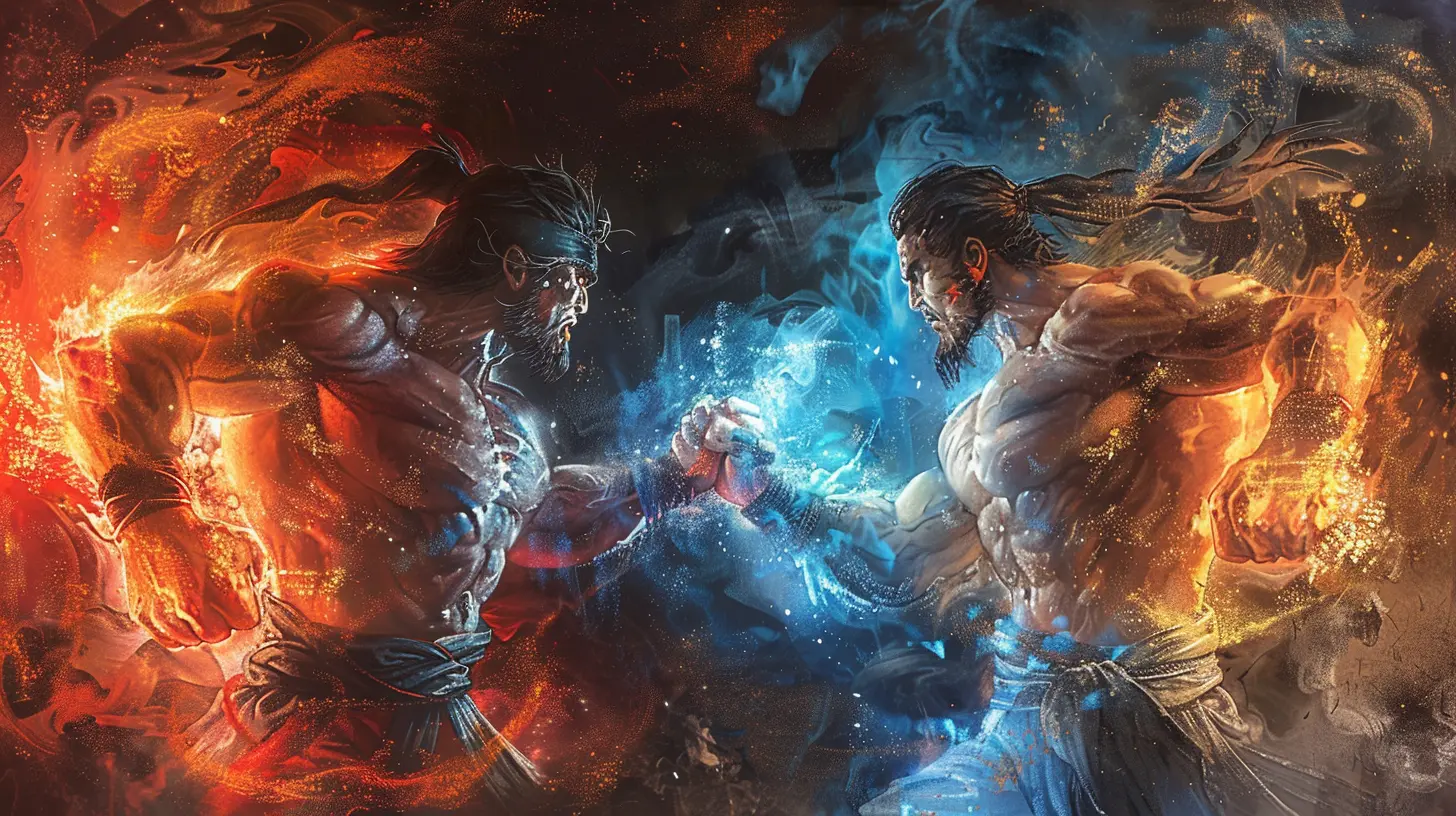
The Marvel vs. Capcom Effect: A Genre Icon
If there’s one series that defines tag team fighters, it’s undoubtedly Marvel vs. Capcom. The 2000 release of Marvel vs. Capcom 2: New Age of Heroes was like a mic drop moment for the genre. With over 50 characters to choose from, it felt like the ultimate crossover event (move over, Avengers!). The gameplay was fast, frantic, and loaded with enough special effects to make your head spin.What made this series stand out, though, was its accessibility. Whether you were a hardcore gamer or someone who just randomly mashed buttons, Marvel vs. Capcom was fun for everyone. And let’s be honest—who didn’t love pulling off those screen-filling hyper combos that practically screamed, “LOOK AT ME, I’M AWESOME”?
Innovations in Gameplay: Taking It to the Next Level
Tag team fighters didn’t just rest on their laurels. Over time, developers introduced innovations that took gameplay to the next level. Here are some highlights:- Crossover Mechanics: Games like BlazBlue: Cross Tag Battle allowed characters from completely unrelated games to team up. Ever wanted an anime swordsman to fight alongside a goofy gag character? Done.
- Assist Functions: The ability to call in your teammate for quick assists mid-combo became a genre staple, adding layers of strategy to each fight.
- Dynamic Switches: Some games, like Dragon Ball FighterZ, let you seamlessly switch between characters mid-combo to keep the pressure on your opponent. It’s like juggling, but way cooler.
Tag Team Fighters in the Modern Era
Fast forward to today, and tag team fighters are alive and kicking (pun fully intended). Thanks to advancements in graphics, AI, and online multiplayer, these games are more polished and competitive than ever. Titles like Dragon Ball FighterZ and Mortal Kombat 11 (with team modes) have brought sleek visuals and intense gameplay to the table, captivating both casual players and esports pros alike.What’s especially cool is how the genre has embraced online play. Gone are the days of crowding around an arcade machine—now you can challenge players from around the world in a matter of seconds. Sure, you’ll get destroyed by that one guy who seems to be a professional while you’re just mashing buttons, but isn’t that part of the charm?
The Cultural Impact of Tag Team Fighters
Let’s not forget the cultural impact of these games. Tag team fighters have brought people together in ways most genres can only dream of. From local tournaments to massive esports events, these games foster a sense of community that’s hard to beat. And honestly, who doesn’t love trash-talking their friends during a heated match? It’s all part of the experience.Plus, these games have introduced countless memorable characters and moments into gaming history. Ryu’s Hadouken? Wolverine’s claws? Those iconic assists? Tag team fighters have given us all that and more, cementing their place in pop culture.
Why We Love Tag Team Fighters
Let’s face it: there’s something undeniably joyful about tag team fighters. They’re chaotic, colorful, and downright exhilarating. They let us dream up wild combinations (Chun-Li and Spider-Man? Yes, please!) and pull off moves that make us feel like gaming gods. Whether you’re a seasoned pro or just button-mashing for fun, there’s a place for everyone in this genre.And that’s the beauty of tag team fighters—they’re not just games. They’re experiences, little slices of magic that remind us why we fell in love with gaming in the first place.
The Future of Tag Team Fighters
With technology pushing gaming to new heights, the future of tag team fighters looks brighter than ever. Imagine deeper mechanics, even bigger rosters, and maybe even VR tag team battles. Who knows? The possibilities are as limitless as our imaginations.One thing’s for sure, though—tag team fighters aren’t going anywhere. They’ve carved out a special spot in the hearts of gamers everywhere, and we can’t wait to see what’s next.
all images in this post were generated using AI tools
Category:
Fighting GamesAuthor:

Jack McKinstry
Discussion
rate this article
1 comments
Lillian McConnell
The evolution of tag team fighters mirrors the growth of cooperative gameplay, blending strategy with camaraderie. It's fascinating to see how developers innovate within this dynamic genre, enhancing player interaction and teamwork.
September 4, 2025 at 4:26 AM

Jack McKinstry
Thank you for your insightful comment! Indeed, the evolution of tag team fighters reflects the exciting advancements in cooperative gameplay and developer innovation, making teamwork an essential part of the experience.
